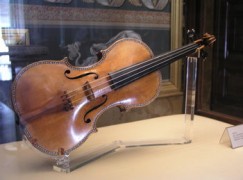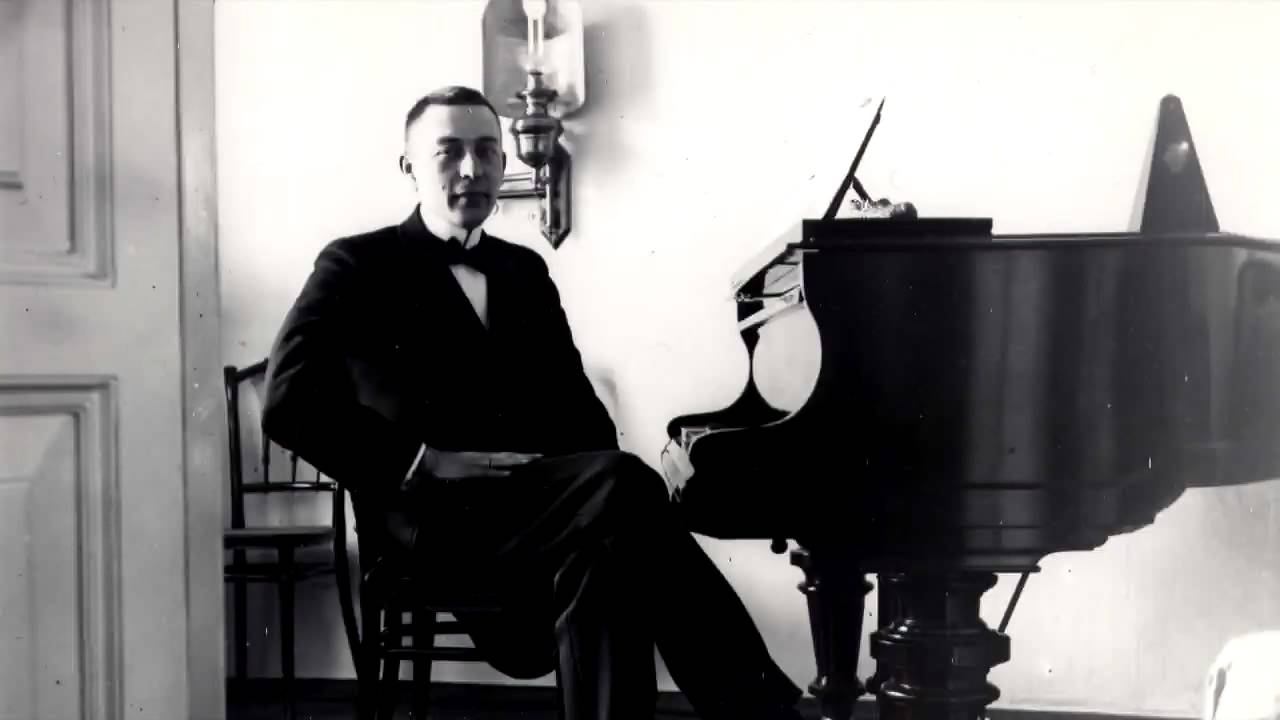‘Chemicals created the Stradivari sound’
NewsA Texas professor is claiming that the Stradivarius and Guarnerius used chemicals to create their unique sound.
Joseph Nagyvary, professor emeritus of biochemistry at Texas A&M, says: ‘All of my research over many years has been based on the assumption that the wood of the great masters underwent an aggressive chemical treatment, and this had a direct role in creating the great sound of the Stradivari and the Guarneri.’
Now a team led by Hwan-Ching Tai, professor of chemistry at National Taiwan University, has published an article in Angewandte Chemie International Edition showing that borax, zinc, copper and alum were used in the treatment of wood for Cremona instruments.






Comments